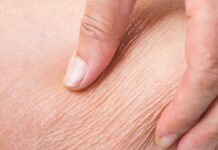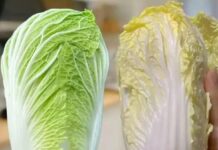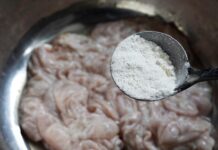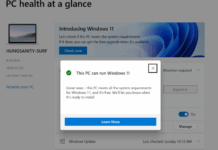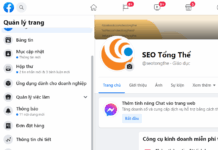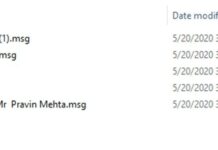What is the purpose of adding lead to glass?
Glass typically contains oxides of silicon, sodium, and calcium. To increase the heat resistance of glass, manufacturers often add boron compounds, known as borosilicate. When choosing glassware for food storage, baking dishes, food warmers, or freezer trays, it is recommended to select those made with borosilicate glass.
With modern glass manufacturing technology, lead is no longer intentionally added to the products. Some companies even label their products as “lead-free.” However, lead may still be present in trace amounts due to impurities in the raw materials. In some small-scale or counterfeit production facilities without proper quality control, lead may be added to the glass.
Lead is extremely hazardous to human health. The purposes of adding lead oxide (PbO) to glass are typically as follows:
– Aesthetic enhancement: Lead oxide increases the refractive index of the glass, making the final product appear brighter and more sparkling.
– Cost reduction: Glass with lead has a lower melting point, which speeds up production and reduces costs.
– Easier manufacturing: Lead-containing glass is usually softer, easier to cut, and more malleable than regular glass, making it simpler to mold.
How to identify lead-containing glass
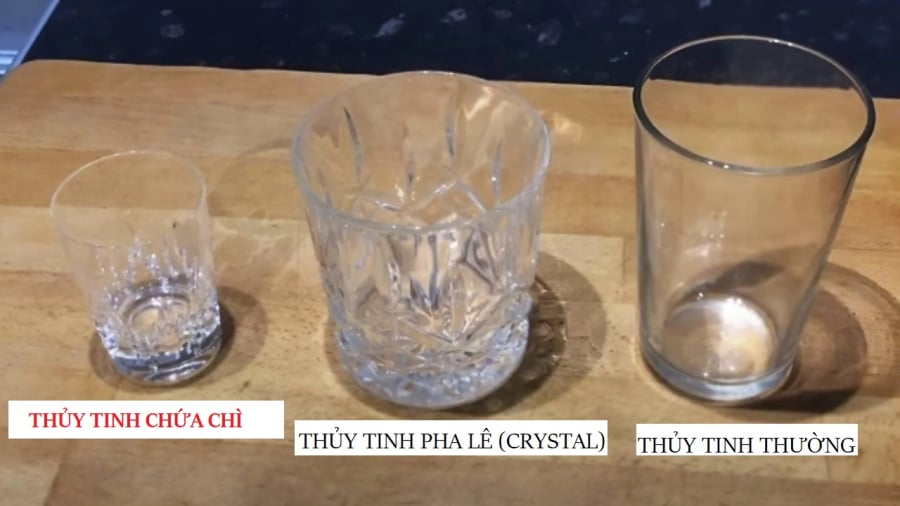
Some tips to help you recognize lead-containing glass.
To avoid purchasing lead-containing glass, which may not be safe for use, consider the following suggestions:
– Soak the glassware in vinegar: Soak the glass in vinegar for 6-12 hours. Then, use a 3M lead test swab (with a cotton tip). If the swab changes color, it indicates the presence of lead.
– Check thickness and weight: Lead-containing glass is typically thin but relatively heavy. It also tends to have a clear and crisp appearance.
– Use a UV light: If you have access to a UV lamp, you can use it to inspect the glass. Direct the UV light onto the glass, and if it turns green or purple, it contains lead.
– Listen to the sound: When you tap the glass, a metallic sound may indicate the presence of lead.
As a precaution, you can soak the glassware in white vinegar for 24 hours before use. Then, rinse and dry the glass thoroughly. This process will significantly reduce any lead oxide particles that may be present in the product.




